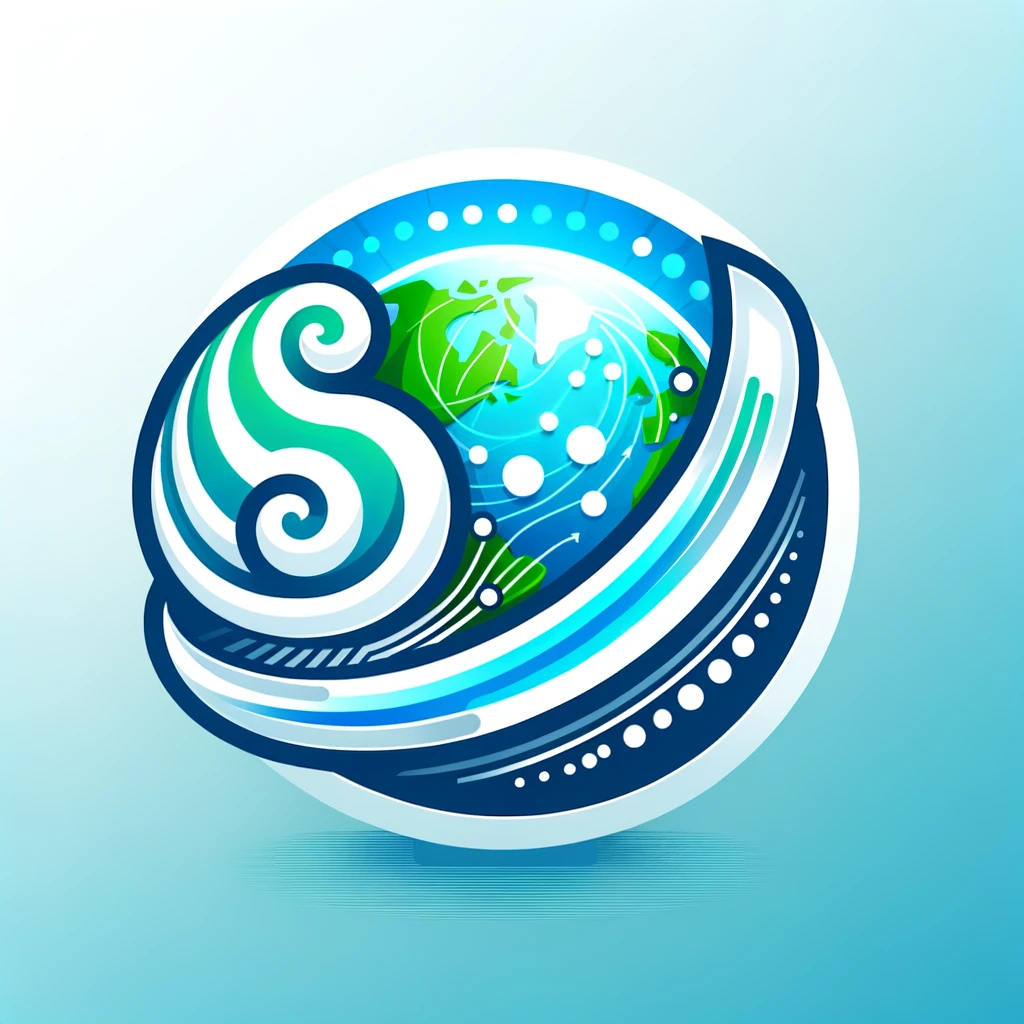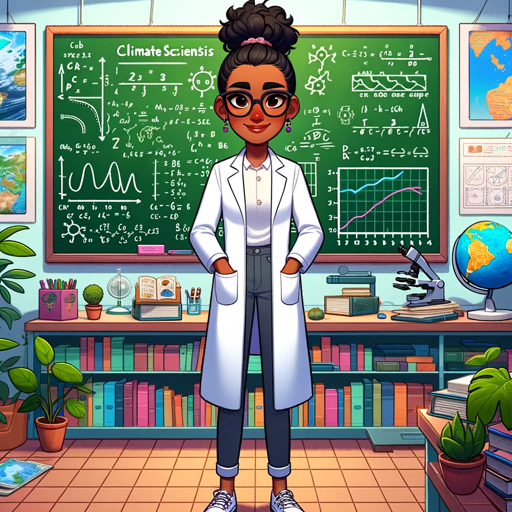Meteorology-AI-powered meteorology support
AI-powered meteorology for researchers
Related Tools
Load More
Weather Trend
Your go-to AI for precise, local weather forecasts.

Weather Artist
Day-night split 3D weather illustrations

Earth Sciences
Informative and science-focused discussions on Earth Sciences.

IPCC Climate Science Helper
Approachable Expert in Climate Science, Specializing in IPCC-Sourced Knowledge

Weather GPT
Passive-aggressive U.S. weather savant with a spelling snark twist

天气助手
城市天气查询助手
20.0 / 5 (200 votes)
Overview of Meteorology and Its Purpose
Meteorology is the scientific study of the atmosphere, particularly focusing on weather processes and forecasting. It involves analyzing physical processes such as air pressure, temperature, humidity, wind patterns, and cloud formation. The primary purpose of meteorology is to understand how atmospheric phenomena develop and evolve, enabling accurate weather predictions, climate monitoring, and the mitigation of natural hazards such as storms, floods, and droughts. Meteorologists use various tools and models—ranging from satellite observations and radar systems to numerical weather prediction (NWP) models and high-resolution simulations. These tools help in understanding the dynamics of the atmosphere on scales from local weather events (like thunderstorms) to global climate patterns. For example, meteorologists can predict a hurricane's path by integrating observational data with complex algorithms based on the laws of fluid dynamics. Meteorological science also underpins many applications in aviation, agriculture, and public safety by providing precise, real-time weather data.

Core Functions of Meteorology
Weather Forecasting
Example
Using numerical weather prediction models, meteorologists predict temperature, precipitation, wind, and storm patterns for upcoming days or weeks.
Scenario
A five-day forecast generated using the Global Forecast System (GFS) model informs the public about an incoming cold front that will lead to significant snowfall in the northeastern United States.
Climate Monitoring
Example
Monitoring long-term climate trends by analyzing historical atmospheric data, sea surface temperatures, and greenhouse gas concentrations.
Scenario
A climate researcher uses reanalysis datasets to study patterns in global temperature anomalies over the last century to understand the impacts of human activities on climate change.
Severe Weather Warnings
Example
Issuing warnings for severe storms, tornadoes, hurricanes, and floods based on real-time satellite, radar, and ground-based observations.
Scenario
Meteorologists at a national weather service detect a rapidly developing tornado through Doppler radar and issue a tornado warning for a local area, allowing residents to seek shelter and reduce potential casualties.
Target Audience for Meteorology Services
Researchers and Scientists
This group includes climate scientists, environmental researchers, and atmospheric physicists who rely on meteorological data and models to study weather patterns, climate change, and environmental dynamics. They benefit from advanced forecasting models, reanalysis datasets, and high-resolution satellite data for academic or applied research.
Public Safety and Emergency Management Professionals
These users include government agencies, disaster relief organizations, and emergency managers who need timely weather information to coordinate responses to natural disasters. Accurate forecasts and early warnings are critical for evacuating populations, mobilizing resources, and preventing loss of life during events such as hurricanes, wildfires, and floods.

How to Use Meteorology
1
Visit aichatonline.org for a free trial without login; no ChatGPT Plus is required.
2
Ensure you have an understanding of basic meteorology concepts or specific queries to maximize the tool's utility for your needs.
3
Use the platform for various tasks, such as data analysis, scientific explanations, or visualizing atmospheric data using tools like Python libraries (e.g., Matplotlib, CartoPy).
4
Leverage the tool for both academic and professional work, particularly in fields like weather prediction, climate analysis, and atmospheric research.
5
Get optimal results by combining multiple functionalities such as Python scripting with libraries (NetCDF, MetPy) to work on real-world meteorology datasets.
Try other advanced and practical GPTs
Finance Calculator
AI-powered financial insights for everyone.

Literary Linguist
AI-powered precision for Chinese translations.

Solar GEO
AI-powered solar solutions at your fingertips

Interview Coach
AI-driven interview preparation for civil engineers

Phaser Guru
AI-powered advanced game development support.

Sequential Task SEO Writer
AI-powered content optimization made easy.

Fitness Coach
AI-powered, personalized fitness and nutrition guidance.

Finding Academic References Assistant
AI-powered academic reference assistant

Truth Seeker
AI-powered insights at your fingertips.

Honest Truth Bot
Cutting through BS with AI precision.

Truth Finder
AI-Powered Precision for Complex Queries

Assignment GPT
AI-powered solutions for your assignments

- Data Analysis
- Visualization
- Environmental Monitoring
- Climate Research
- Weather Forecasting
Five Detailed Q&As about Meteorology
How can I analyze meteorological data using Meteorology?
Meteorology provides support for data analysis through Python-based libraries like xarray, netCDF, and MetPy. You can import datasets, apply transformations, and visualize weather patterns with tools like Matplotlib and CartoPy.
What common use cases are supported?
The tool can be used for weather forecasting, atmospheric research, visualizing climate models, analyzing historical climate data, and processing large meteorological datasets from sources like NOAA or ECMWF.
What programming languages and libraries are commonly used with Meteorology?
Meteorology heavily relies on Python and its scientific libraries, including MetPy, CartoPy, Pandas, and NumPy. These are widely used for data manipulation, visualization, and numerical weather prediction (NWP) tasks.
Can I visualize global weather data?
Yes, you can use CartoPy and Matplotlib to generate geographic projections and plots of weather patterns, such as temperature, precipitation, and wind vectors on a global or regional scale.
What are the prerequisites for using Meteorology effectively?
Basic knowledge of meteorological concepts (e.g., weather systems, climate variables) and experience with Python coding are recommended. Familiarity with libraries like xarray and MetPy will help in working with datasets efficiently.